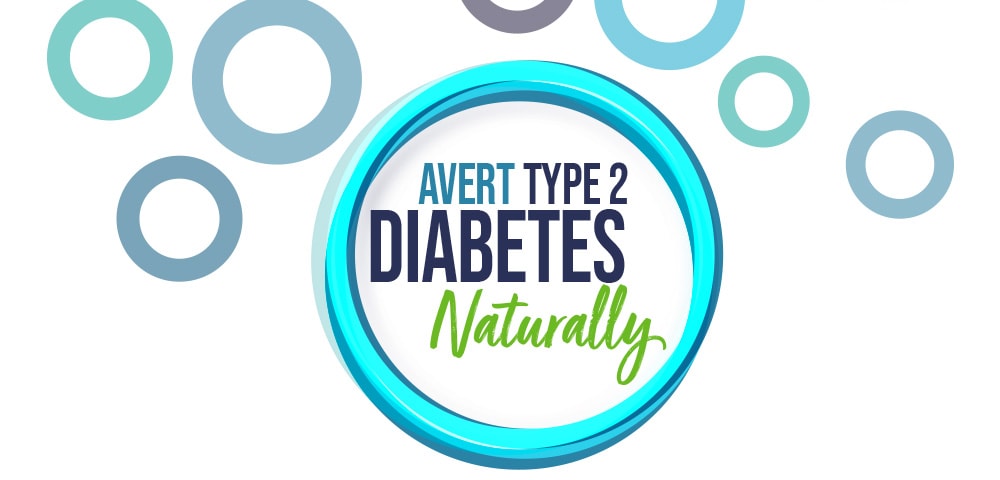
How much do you really know about diabetes?
There are many myths and outdated information about diabetes. Yet, it affects one in three Canadians, and there is a 50% chance that those currently aged 20 will develop type 2 diabetes in their lifetime. Despite the high-risk factor for developing the disease, less than 50% of Canadians can identify at least half of the early symptoms of diabetes according to Diabetes Canada.
First, what exactly is diabetes?
Diabetes, or diabetes mellitus (DM), is a metabolic disorder that results from problems controlling the hormone insulin, and hence affecting blood sugar regulation.
Test your knowledge
Question #1
What condition is diabetes characterized by?
A. Higher blood sugar levels
B. Lower blood sugar levels
C. Both
Answer: Higher blood sugar levels
Diabetes symptoms are a result of higher-than-normal levels of glucose (sugar) in the blood. Higher levels of blood sugar can lead to serious health problems in both the long and short term. Some of the warning signs of diabetes include:
- Increased thirst
- Extreme hunger
- Unexplained weight loss
- Frequent urination
- Irritability
- Fatigue
- Frequent infections
- Slow-healing sores
- Blurred vision
In the long term, diabetes can lead to cardiovascular disease, kidney damage, nerve damage, depression, Alzheimer’s disease, hearing impairment, and other tissue damage such as of the feet and eyes.
Question #2
What hormone plays the key role in diabetes?
A. Cortisol
B. Estrogen
C. Insulin
Answer: Insulin
The hormone responsible for blood sugar regulation is insulin. Insulin is produced by the pancreas and enables sugar to enter cells for fuel. In the case of type 1 diabetes, insufficient or sometimes no insulin is produced by the pancreas. In this article we are focusing on type 2 diabetes, in which your cells become resistant to insulin.
Question #3
Which of the following are risk factors for type 2 diabetes?
A. Diet, high blood pressure, high cholesterol
B. Weight, age, race, and family history
C. Inactivity, and having polycystic ovary syndrome (PCOS)
D. All of the above
Answer: All of the above
There are a number of risk factors that are correlated with the development of type 2 diabetes. Interestingly, despite the commonality of these risk factors in developing insulin resistance, researchers cannot pinpoint why some people develop it and others don’t. For example, not all overweight people develop insulin resistance. Also, many people with type 2 diabetes are not overweight; in fact, 10–15% are a healthy weight, and not everyone with a family history of diabetes develops it. Researchers believe that it is a combination of risk factors that lead to the development of the disease.
Question #4
Type 2 diabetes is preventable. True or false?
Answer: True, in most cases
Unfortunately, there is no cure for diabetes. However, if caught early, many cases of type 2 diabetes can be managed and put into remission with crucial lifestyle changes. It’s important to note that prediabetes, which occurs before developing type 2 diabetes, is reversible with the same essential lifestyle changes. Supplements such as berberine, fenugreek, and cinnamon have also proved to be supportive in managing diabetes.
What to do if you suspect you may be prediabetic?
If you are experiencing any of the diabetes warning signs listed earlier, visit your health care practitioner. They will test your blood glucose levels to assess the best course of action for you. I like to use a method of testing called homeostatic model assessment of insulin resistance (HOMA-IR) with my patients. I use this method because it measures both the presence and extent of insulin resistance, so you can get a clear picture of where your body stands and whether you need a preventative strategy. Food and lifestyle changes can be preventable strategies in most type 2 diabetes cases.
Preventing type 2 diabetes
While there are certain factors beyond our control, such as family history, ethnicity, or age, the good news is that type 2 diabetes is highly preventable through a healthy lifestyle.
Eat a healthy diet
Eating a healthy diet is paramount to every aspect of our health, but it is vital in diabetes prevention. Keep refined sugars to a minimum, and focus on eating plenty of fresh vegetables, whole grains, good fats, and protein. Fats and proteins are essential in helping to regulate blood sugar. Stay away from items like soda, candy, and other processed foods as much as possible.
Get moving
Physical activity helps use up excess blood sugar, as well as improve and maintain insulin sensitivity. Recent studies from Harvard Medical School suggest that as little as 12 minutes per day of vigorous exercise can lower the risk of diabetes. I recommend aiming for 30 minutes of moderate-to-vigorous activity per day. Simply walking is a great and accessible activity that goes a long way in creating lasting health.
Lose those extra pounds
Excess weight is a significant risk factor in developing type 2 diabetes, as the more fatty tissue you have, the more resistant your cells become to insulin. Even reducing weight by as little as 7% has been shown to reduce diabetes risk by 65%. Incorporating diet and exercise changes should support most people in this effort, but hormonal factors could be at play if diet and exercise prove ineffective. Speak with your health care practitioner if you suspect this may be the case for you.














